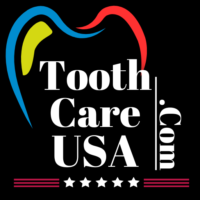Introduction:
Imagine this: You’ve been planning for braces for months, anticipating that life-changing smile, and now you’re faced with a big question. Will you need to get teeth pulled before your braces can be fitted? The idea of pulling teeth for braces can feel intimidating, but understanding the process can help ease your worries and make your decision much clearer.
When I was in your shoes, I had the same questions. A good friend of mine had to have a tooth extraction before her braces journey, and it seemed like a daunting experience. However, after speaking with her orthodontist and learning about why it’s sometimes necessary, she felt more at ease with the procedure. This article is designed to help those who are planning for braces treatment to understand the 7 essential things to know about pulling teeth for braces, so you can make an informed and confident decision.
Let’s dive into what you need to know about pulling teeth for braces.
1. Why Pulling Teeth for Braces May Be Necessary
When it comes to braces, the primary goal is to create enough space in your mouth to align your teeth properly. Sometimes, your mouth is simply too small to accommodate all your teeth, especially if you have crowded teeth or an overbite. In such cases, pulling teeth for braces becomes essential.
Orthodontists typically recommend extracting one or more teeth if they believe there’s no other way to create the necessary space for your teeth to shift into place. This procedure is more common for people with severe crowding, overbites, or underbites. The most commonly extracted teeth are the first premolars, which are located between your canine teeth and molars.
Data: According to the American Association of Orthodontists (AAO), about 20-25% of patients who receive braces will require a tooth extraction as part of their treatment. While this is a small percentage, it’s important to be aware that it can happen, especially in cases of significant dental crowding.
2. Which Teeth Are Most Likely to Be Pulled for Braces

Not every tooth will be considered for extraction when preparing for braces. In fact, orthodontists prefer to extract teeth that won’t disrupt the function or appearance of your smile. The most common teeth extracted for braces are the first premolars, but in certain cases, molars, baby teeth, or wisdom teeth may also be considered.
To better understand which teeth might be pulled, here’s a breakdown:
| Type of Tooth | Reason for Extraction |
|---|---|
| First Premolars | Commonly extracted to create space in the mouth. |
| Molars | Extracted in rare cases, typically when teeth are overcrowded. |
| Baby Teeth | Pulled if they are blocking the eruption of adult teeth. |
| Wisdom Teeth | Pulled if they are impacted or if they complicate the treatment. |
An orthodontist will assess your teeth and make a decision based on your unique dental needs, so it’s crucial to have a detailed conversation with your dentist or orthodontist.
3. The Extraction Procedure: What to Expect
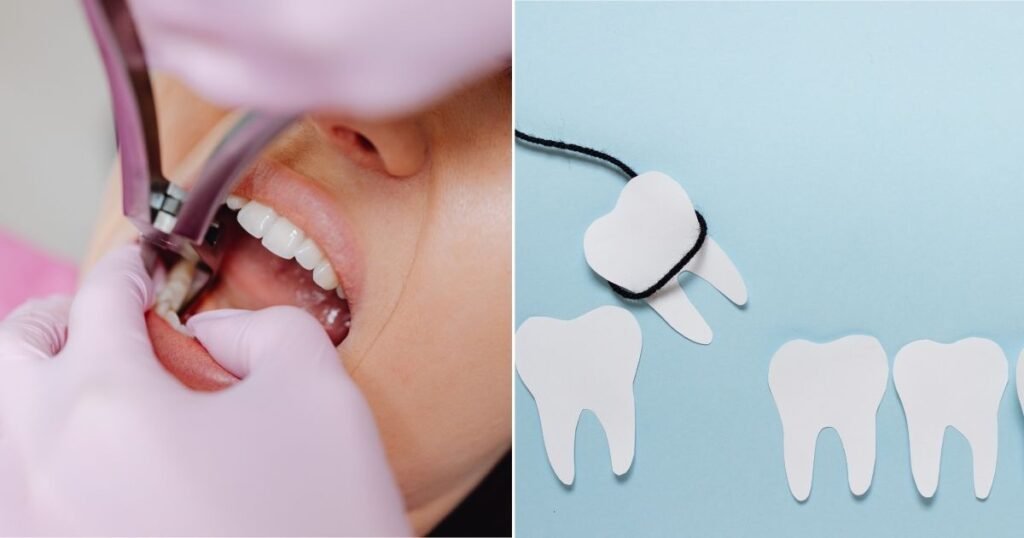
When you’re told that pulling teeth for braces is necessary, the next step is to learn about the extraction procedure itself. Here’s what typically happens:
- Consultation and Assessment: Your orthodontist or dentist will carefully examine your teeth and take X-rays to decide which teeth need to be extracted.
- Preparation for Extraction: If you need a tooth extraction, your orthodontist will likely refer you to a dentist or oral surgeon. Before the procedure, you’ll receive a local anesthetic to numb the area, and in some cases, sedation may be offered.
- Extraction Process: The extraction itself is usually quick and straightforward. The dentist or surgeon will carefully remove the tooth, ensuring minimal discomfort.
- Recovery: After the extraction, you may experience some swelling or mild pain, but it should subside within a few days. Your orthodontist will give you guidelines for managing pain and caring for your mouth during the recovery period.
Data: According to the National Institutes of Health (NIH), the average time for recovery after a tooth extraction is between 7 to 10 days, though this varies depending on the individual’s healing process.
4. How Pulling Teeth Affects Your Braces Treatment Timeline
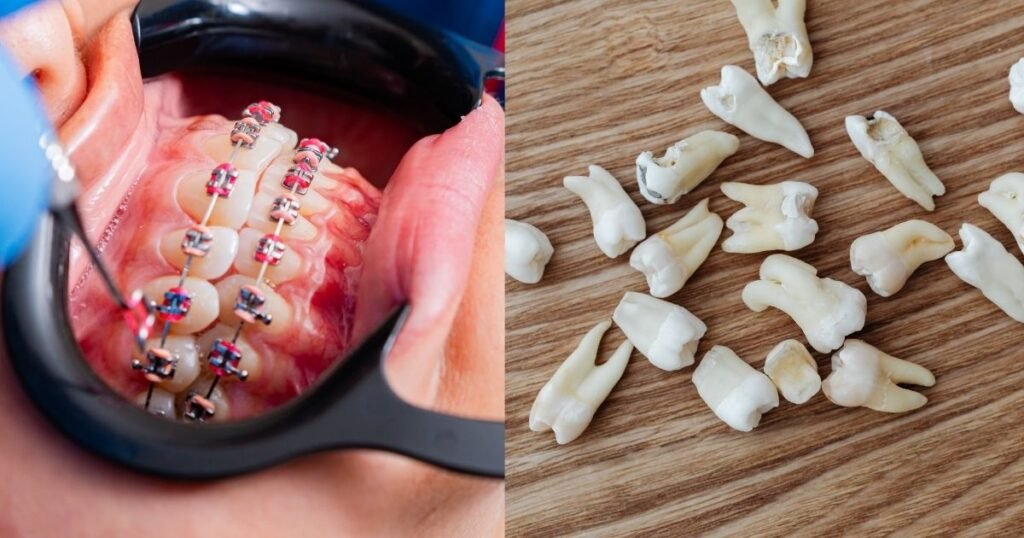
Pulling teeth for braces can influence the overall treatment timeline, but not always in the way you might expect. While it may seem like a setback, it’s actually a crucial step that helps create the right space for your teeth to move into proper alignment.
In most cases, orthodontists will proceed with braces right after the extractions, allowing them to start shifting your teeth immediately. After a few months of braces, your teeth will gradually shift into place, and the gaps created by the extractions will be filled as your treatment progresses.
The process can actually speed up your treatment in the long run because the extractions make space for the teeth to move more freely.
Stat: According to the American Journal of Orthodontics, patients who had tooth extractions as part of their braces treatment typically saw full alignment within 18-24 months, compared to 24-36 months for those with severe crowding who didn’t have teeth removed.
5. Are There Risks and Side Effects?
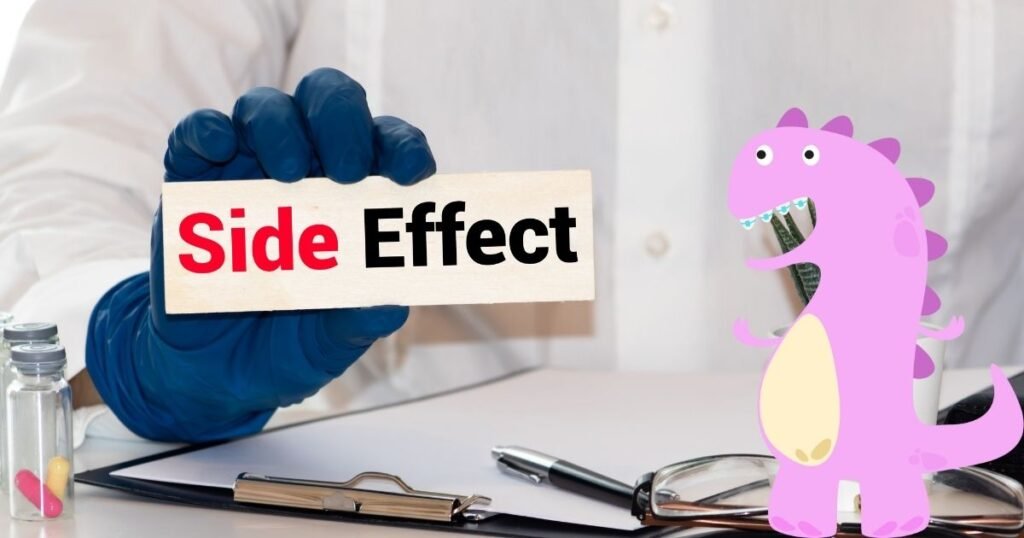
Like any dental procedure, pulling teeth for braces comes with some risks and side effects. However, for the vast majority of patients, these risks are minimal and manageable. Some common side effects include:
- Swelling and Bruising: This is a normal response to the extraction.
- Discomfort: Mild to moderate discomfort can occur, especially during the first few days after the extraction.
- Infection: Though rare, infection is a potential risk. Your dentist will provide instructions on how to care for your mouth and avoid infection.
- Temporary Bite Changes: Once teeth are pulled, you may experience some temporary changes in how your bite feels, but this will adjust over time as your braces do their work.
By following your orthodontist’s post-extraction care instructions, you can minimize risks and ensure a smoother recovery.
6. The Psychological Aspect: Emotional Impact of Pulling Teeth for Braces
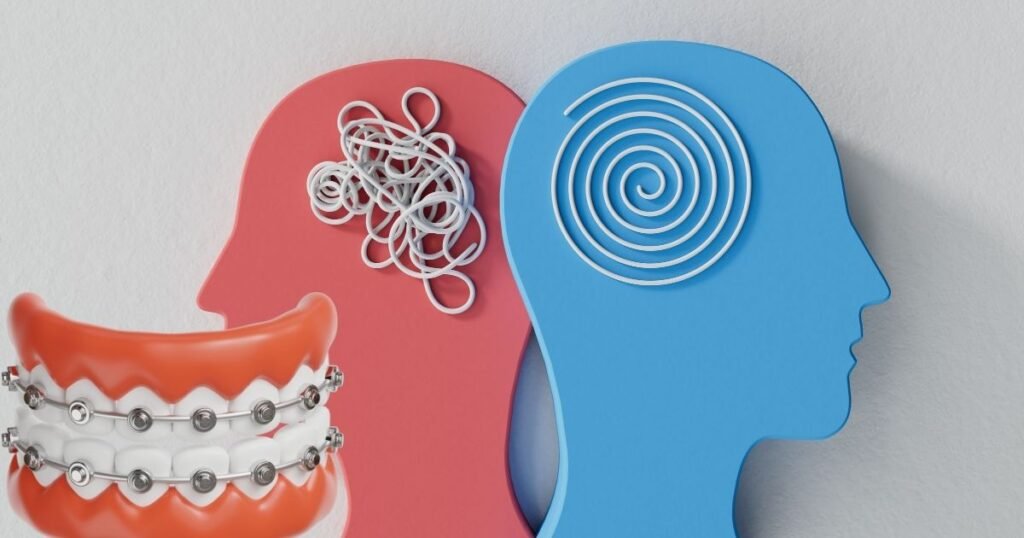
The idea of pulling teeth can be emotionally challenging for many, especially if you have concerns about the appearance of your smile during treatment. It’s completely natural to feel anxious or unsure about having teeth removed. However, remember that these extractions are typically performed for the overall benefit of your oral health and future smile.
Some people worry about the aesthetics of having a gap in their teeth, but it’s important to focus on the bigger picture. Once your braces are in place, those gaps will be closed as the teeth gradually move into alignment, leaving you with a beautiful, well-aligned smile. Additionally, pulling teeth can prevent other dental issues from developing in the future, such as bite problems or difficulty cleaning crowded areas.
7. Cost Considerations for Tooth Extraction and Braces

One concern many people have when considering pulling teeth for braces is the cost. Extractions add another layer of expense to your treatment plan, but it’s often necessary for optimal results. The cost of pulling teeth for braces varies depending on where you live and the complexity of your case.
- Average Costs for Extraction: The cost of a tooth extraction typically ranges from $75 to $300 per tooth. If you need multiple teeth extracted, the cost can add up.
- Braces Costs: The overall cost of braces, including the extraction, typically ranges between $3,000 and $7,000, depending on the type of braces and the complexity of the treatment plan.
Your orthodontist or dentist can help provide a breakdown of the total cost and offer financing options, so you can comfortably manage the cost of your braces and any required extractions.
Conclusion
Pulling teeth for braces may seem like a big decision, but it’s a standard part of many orthodontic treatments. By understanding the essential points we’ve covered—why extractions are needed, the process, the risks, and the overall costs—you can feel more confident in your decision. Remember, every patient’s treatment is unique, so it’s important to discuss your concerns with your orthodontist and make the best choice for your smile.
Are you ready to begin your braces journey, knowing the steps you’ll take to get the smile you’ve always wanted?
Interactive tool for better decision making
Do You Need Teeth Pulled for Braces?
Extractions create space for proper alignment, especially in cases of crowding or overbite correction.
Typically premolars (bicuspids) are removed, but it varies depending on the case.
No, many cases can be treated without extractions using expanders or other orthodontic tools.
Quick Self-Assessment Quiz

Check Your Cavity Risk in 30 Seconds – Free & Easy!
This quick and easy tool helps you understand your risk of getting cavities based on your daily habits like brushing, flossing, sugar intake, and dental visits. Just answer a few simple questions and instantly get a personalized cavity risk score along with helpful tips to protect your smile. It’s free, fast, and takes less than a minute!
🦷 Cavity Risk Checker
5 Common Questions About Pulling Teeth for Braces: Answers You Need to Know
Why do I need to pull teeth for braces?
Pulling teeth for braces may be necessary to create space in your mouth for proper alignment. If you have crowded teeth, an overbite, or other dental issues, extractions help ensure your teeth move into the right position during treatment.
Which teeth are usually pulled for braces?
Typically, the first premolars are extracted for braces. In some cases, molars, wisdom teeth, or baby teeth may also be removed, depending on your individual dental needs and treatment plan.
Is the tooth extraction painful?
The tooth extraction procedure itself is done under local anesthesia, so you shouldn’t feel pain during the procedure. Post-extraction, you may experience mild discomfort or swelling, but this can be managed with pain relief as advised by your dentist or orthodontist
How long does it take to recover after tooth extractions for braces?
Most people experience a recovery period of 7 to 10 days after tooth extractions for braces. During this time, you may have mild swelling or bruising, but discomfort should subside within a few days, especially if you follow your orthodontist’s aftercare instructions.
Will pulling teeth for braces affect my treatment timeline?
Pulling teeth for braces typically helps speed up the treatment process by creating space for your teeth to move more freely. While it may take some time to adjust to the extractions, most patients experience a more efficient treatment timeline overall.

Dr. Niraj Ghanghoriya is a passionate dental surgeon with over 12 years of experience in clinical dentistry. He completed his BDS from the prestigious Sri Aurobindo Institute of Dentistry in 2012 and specializes in painless root canals, smile makeovers, and preventive oral care. Known for his patient-first approach and clear communication, Dr. Ghanghoriya aims to make dental knowledge accessible to everyone. When he’s not in the clinic, he enjoys writing informative dental blogs to help people take better care of their oral health.
